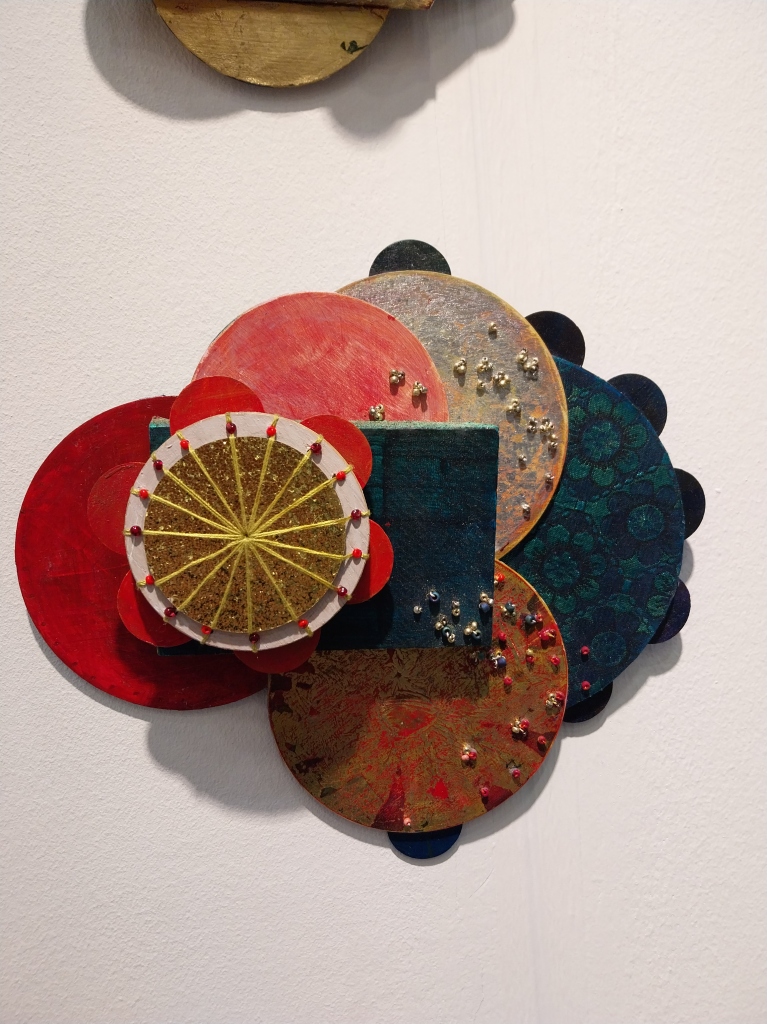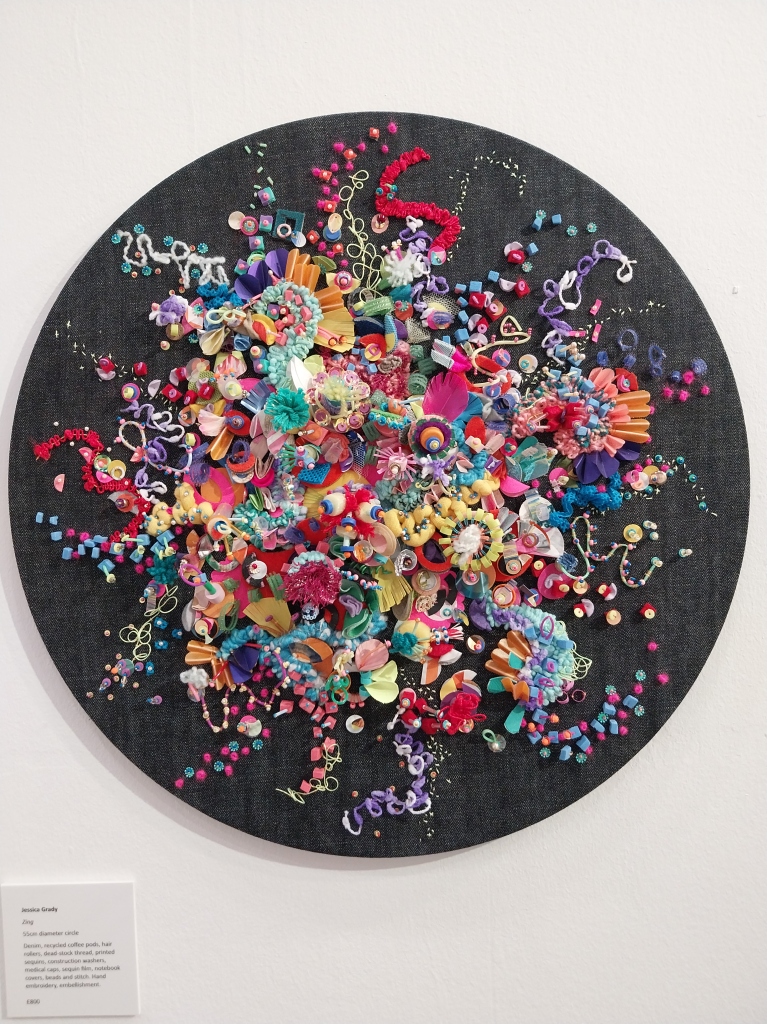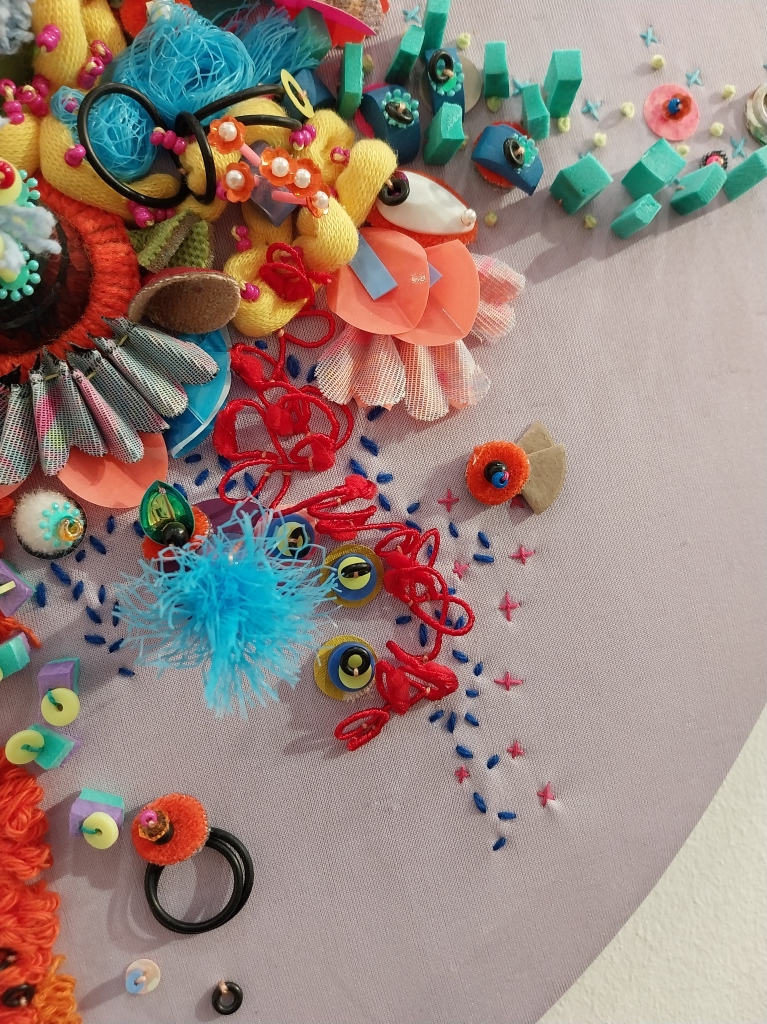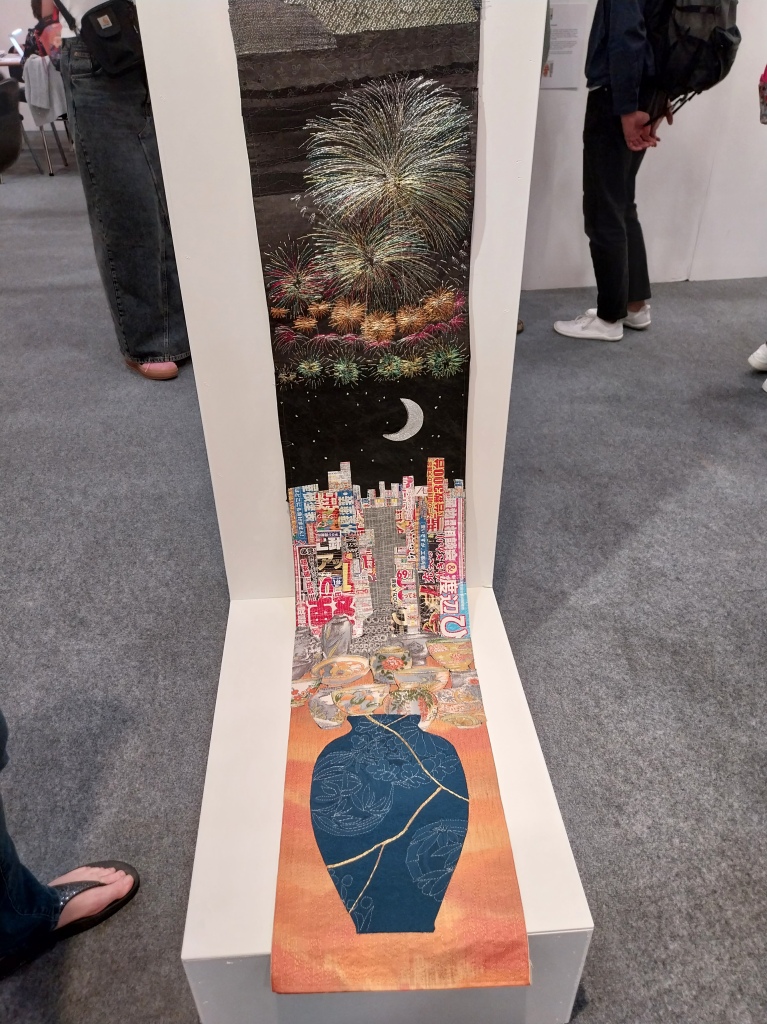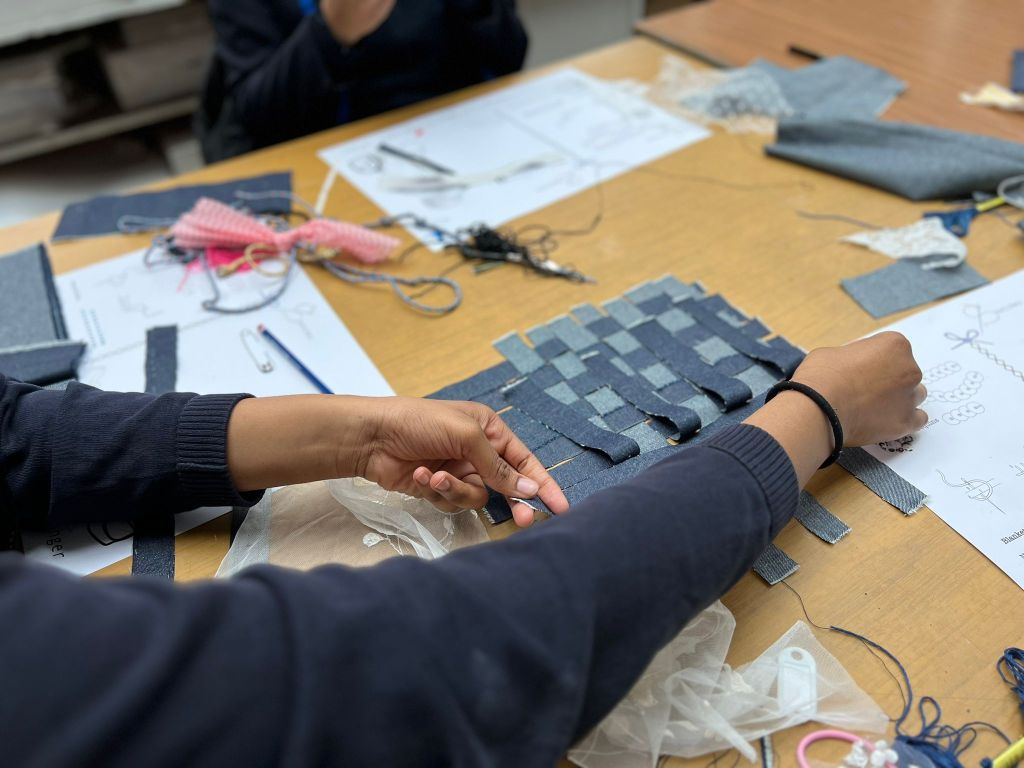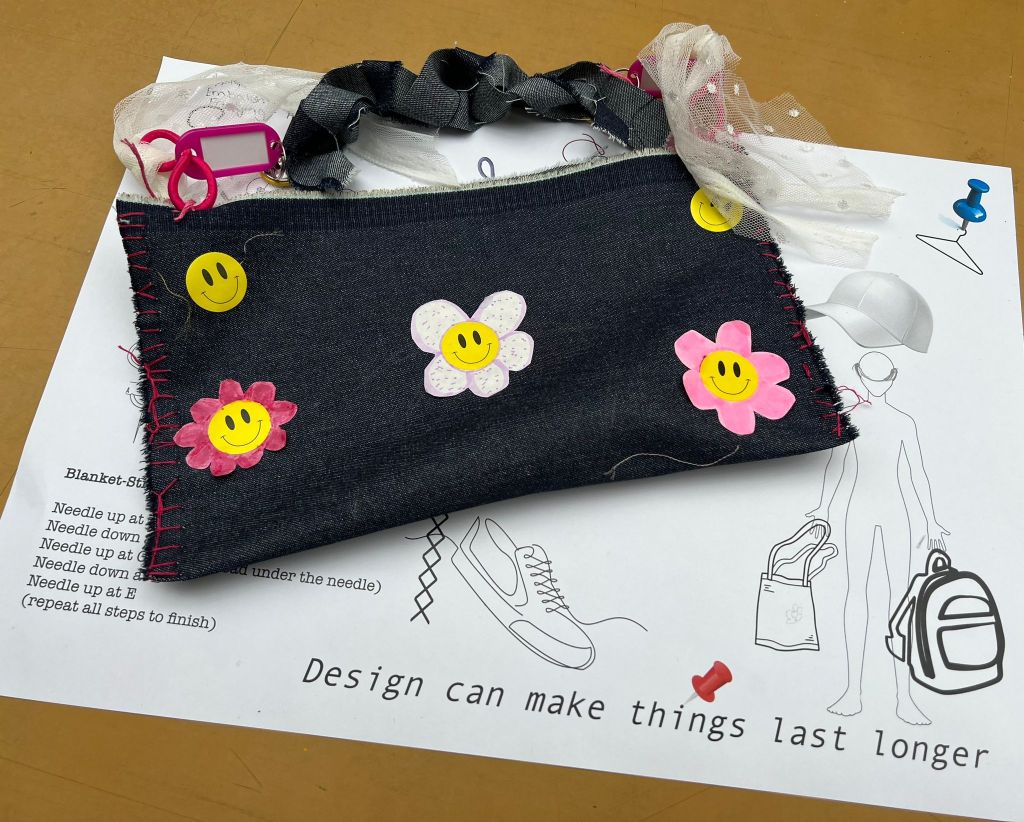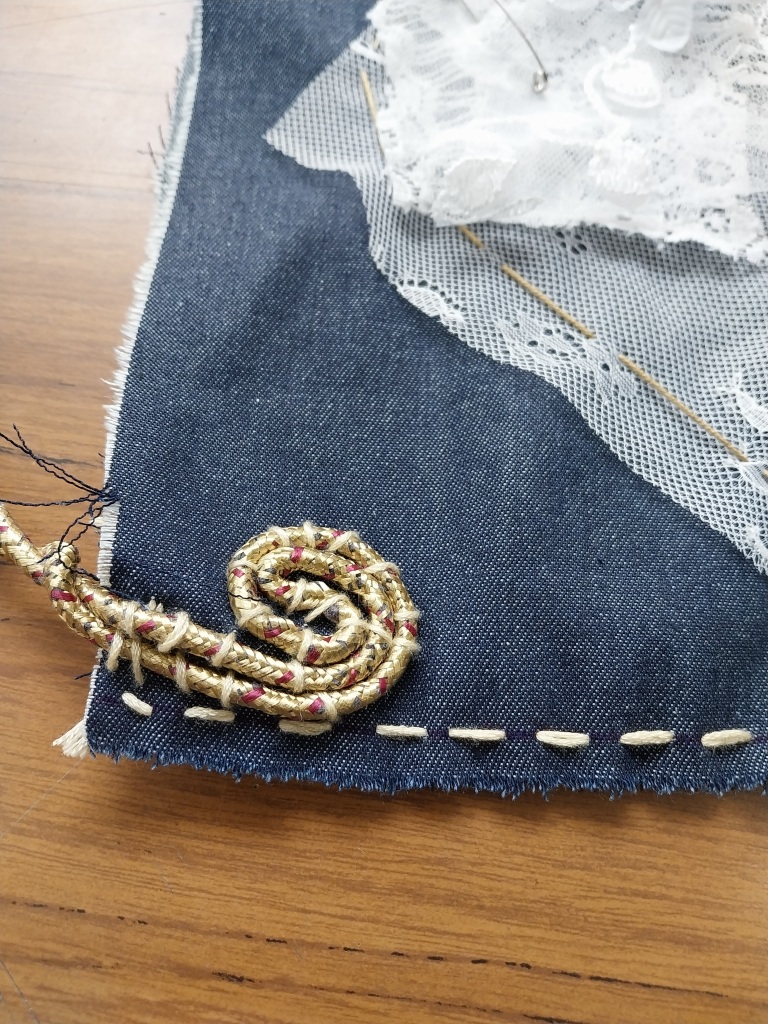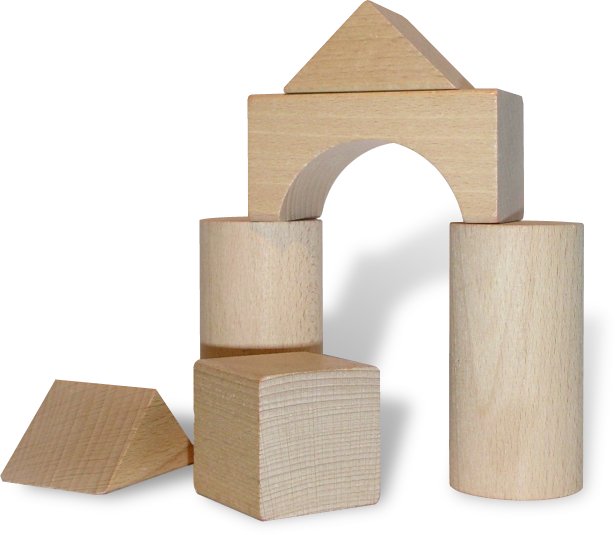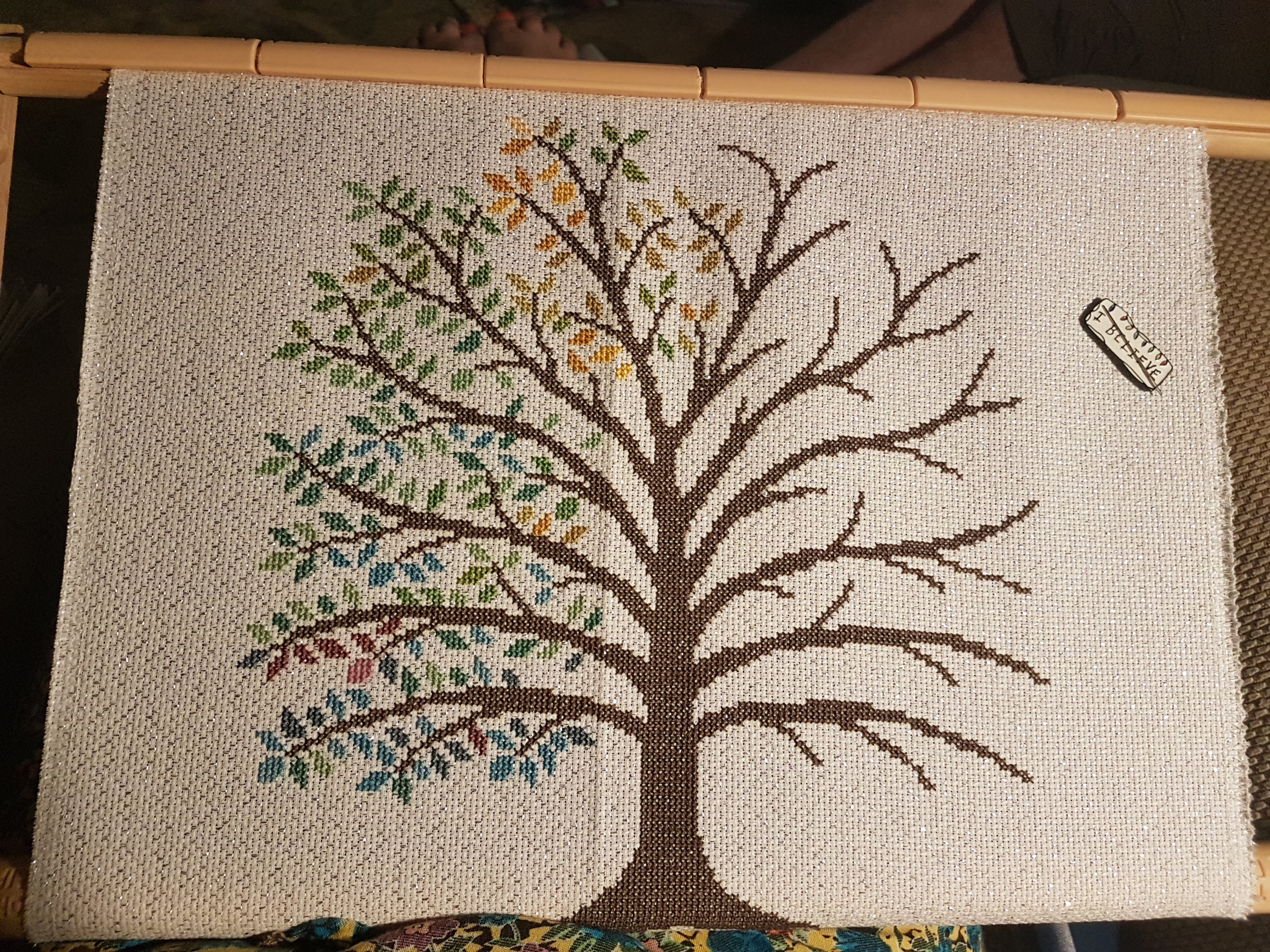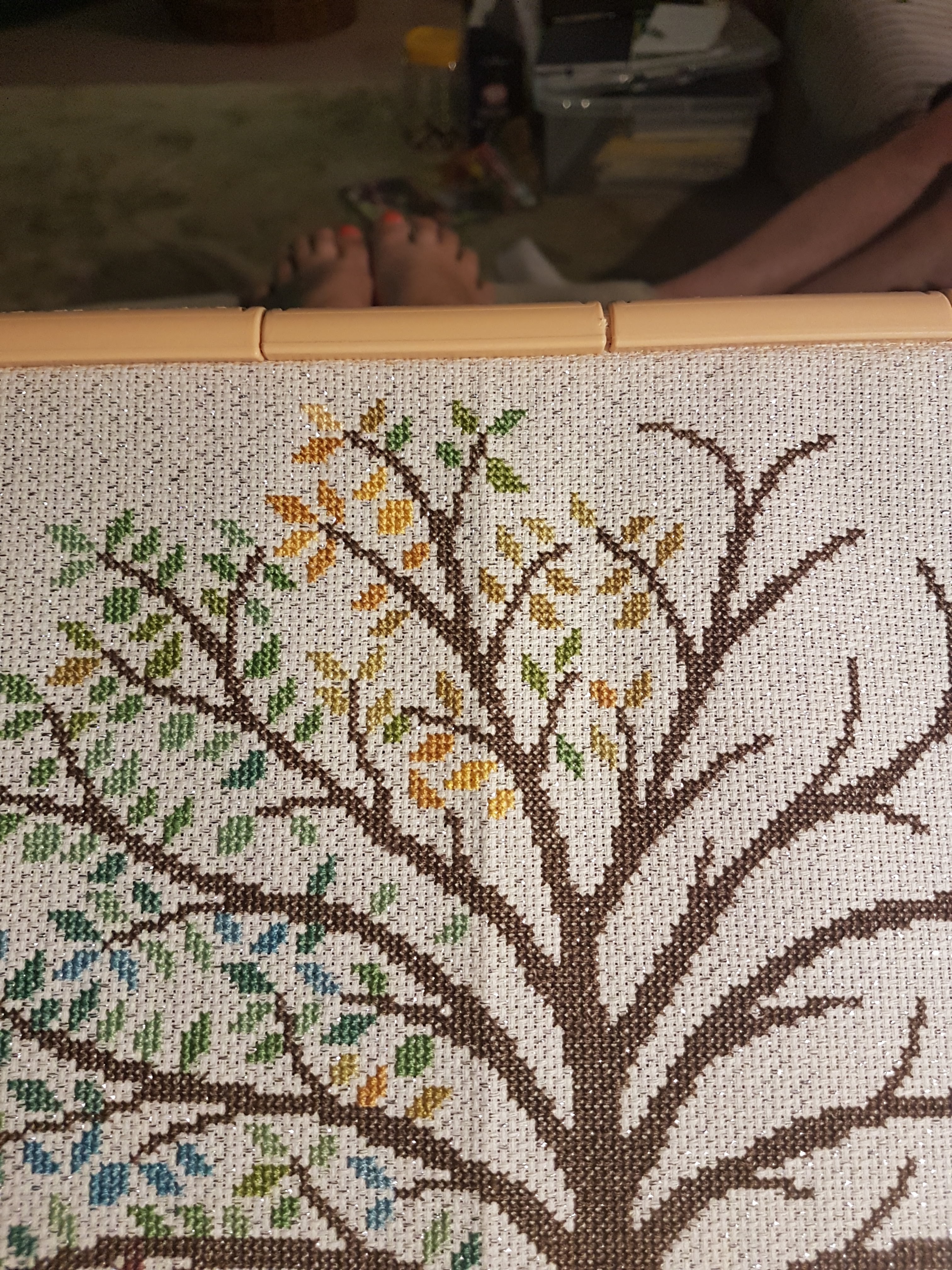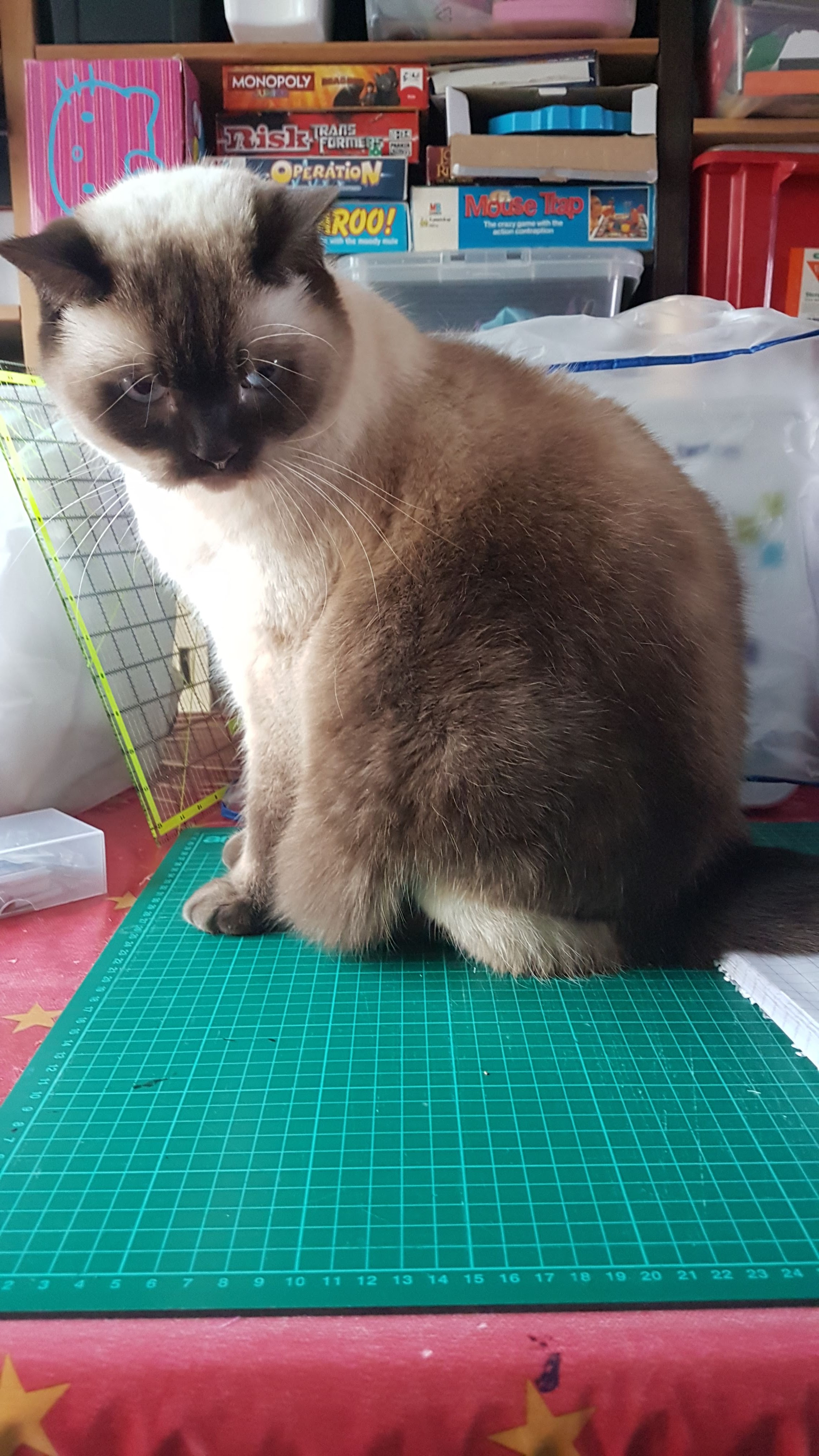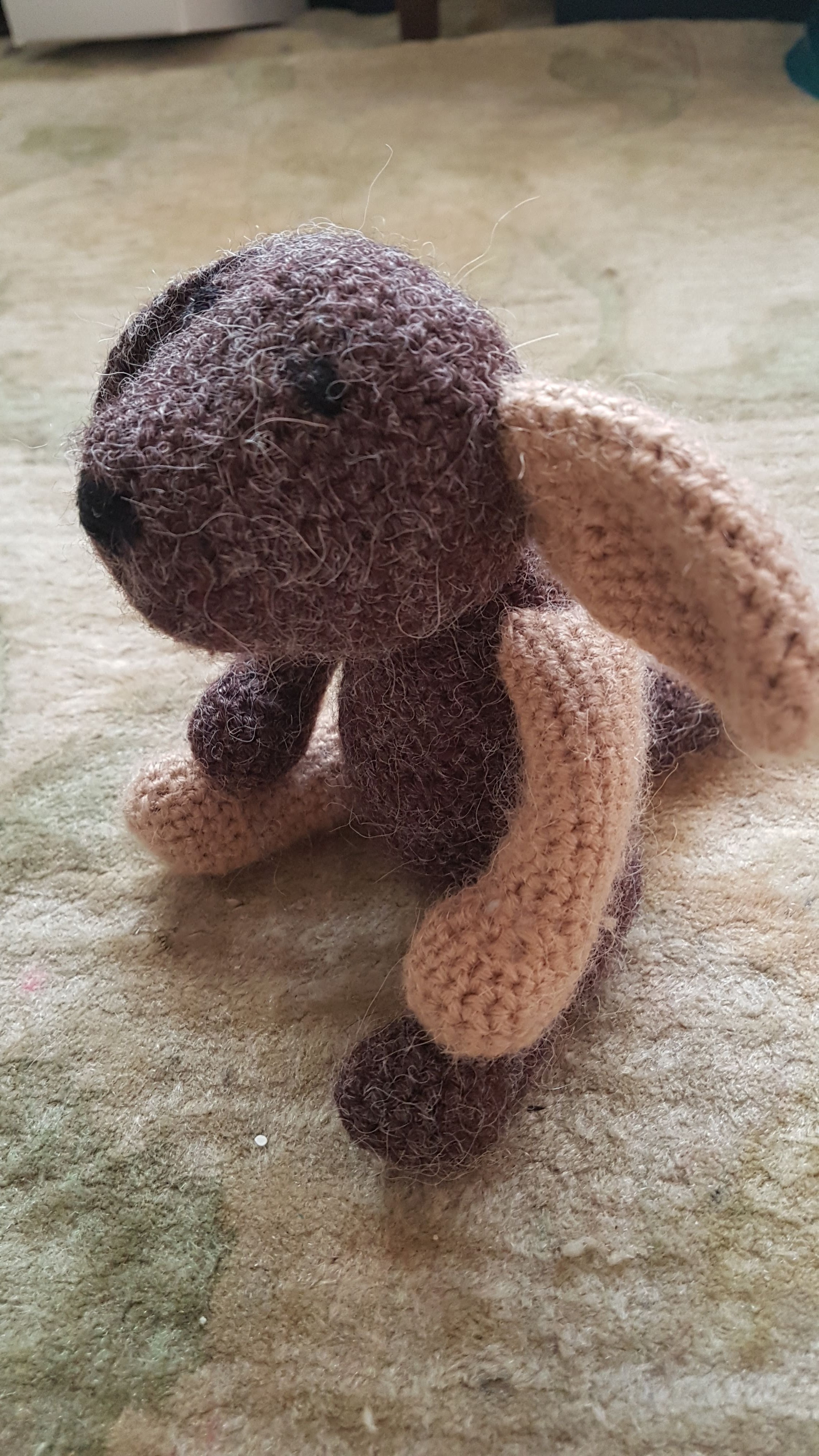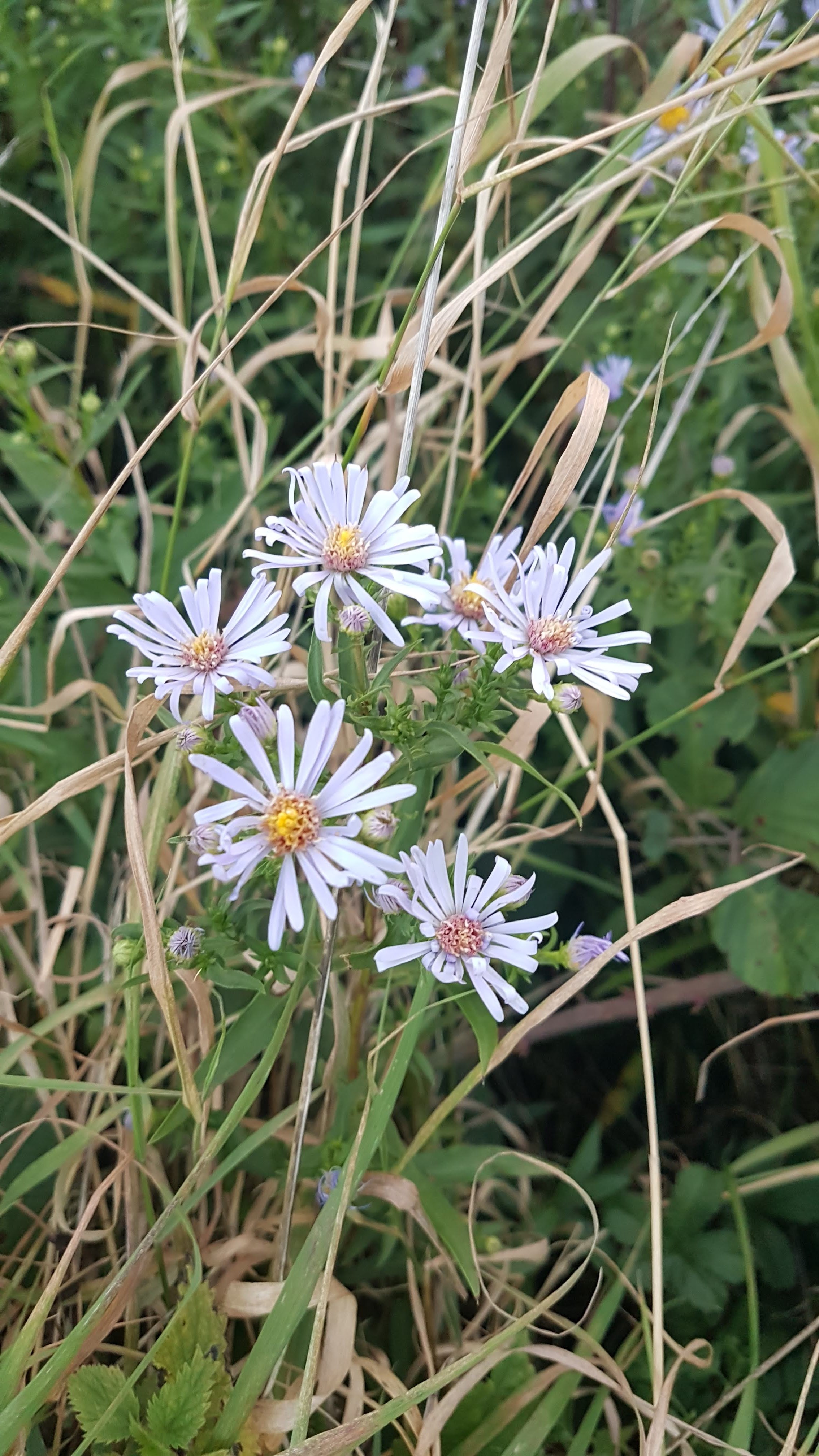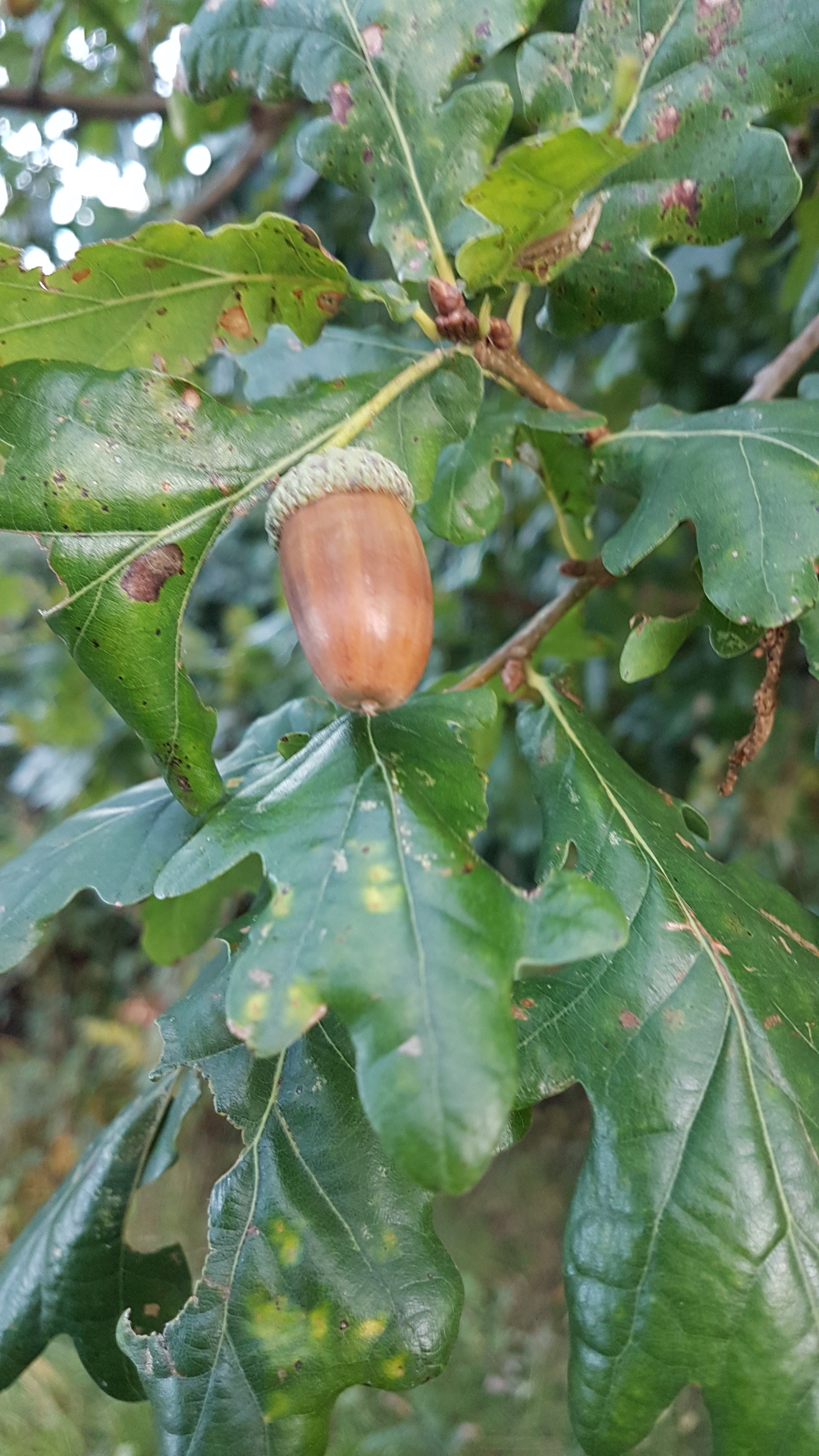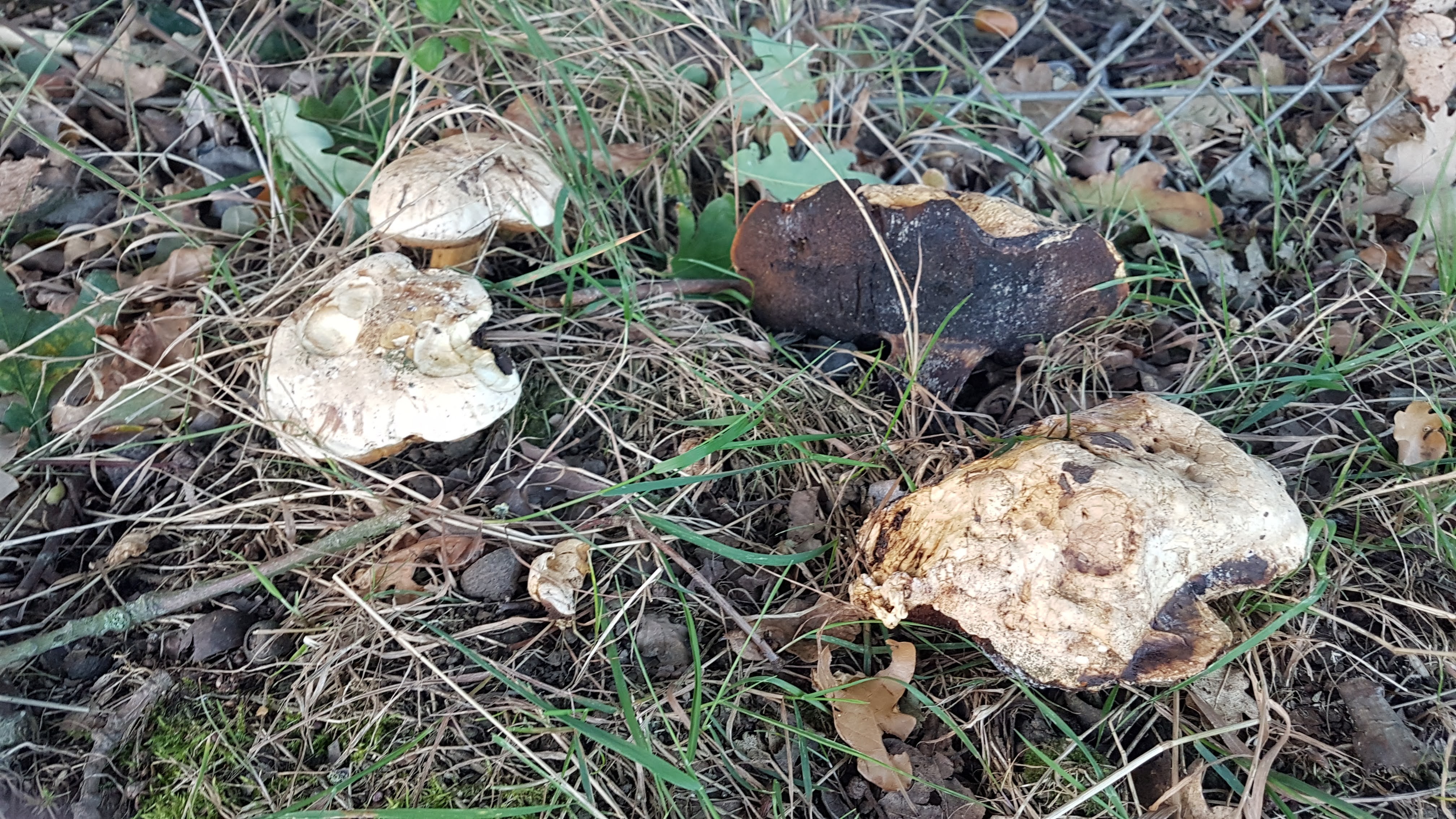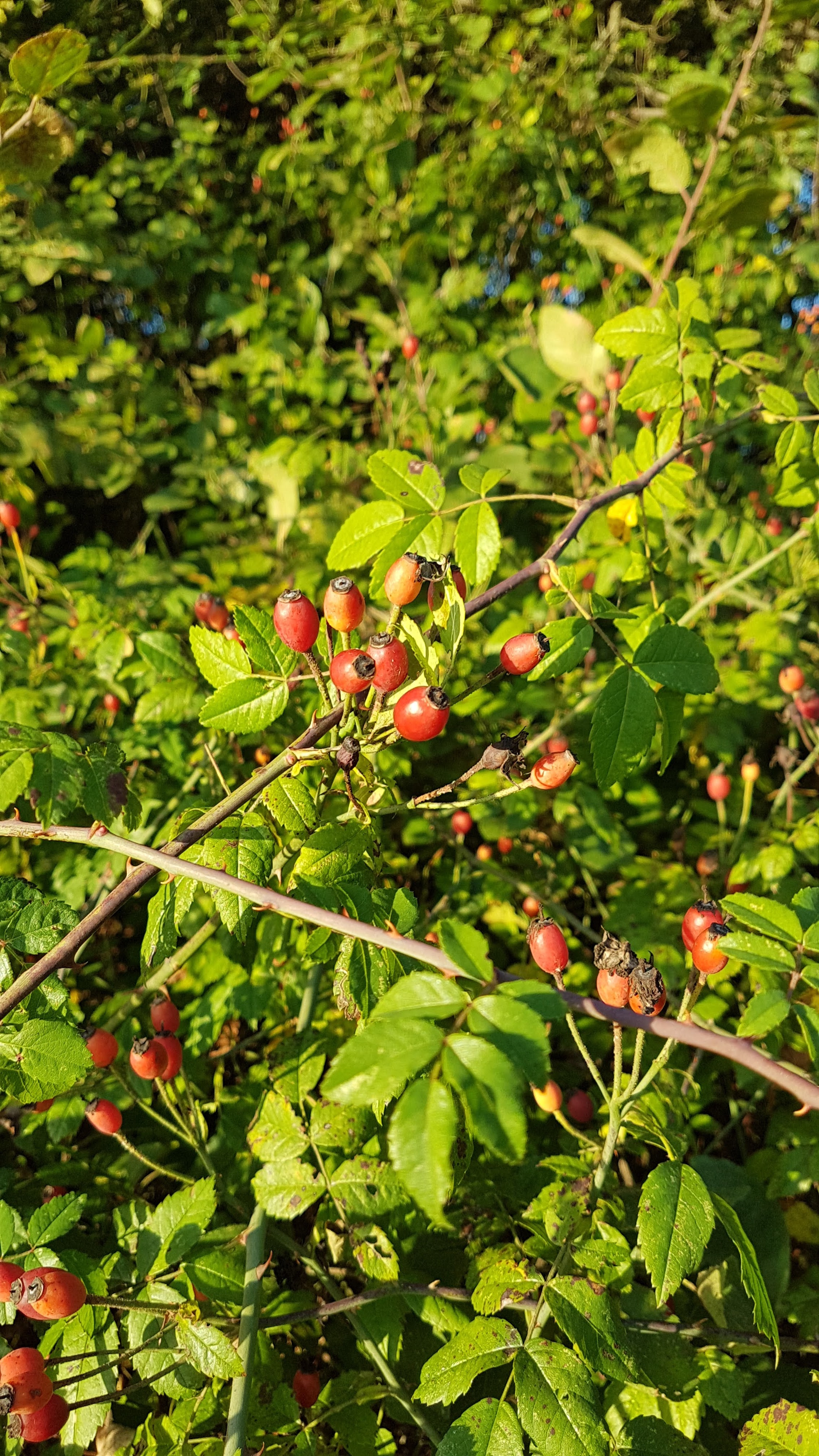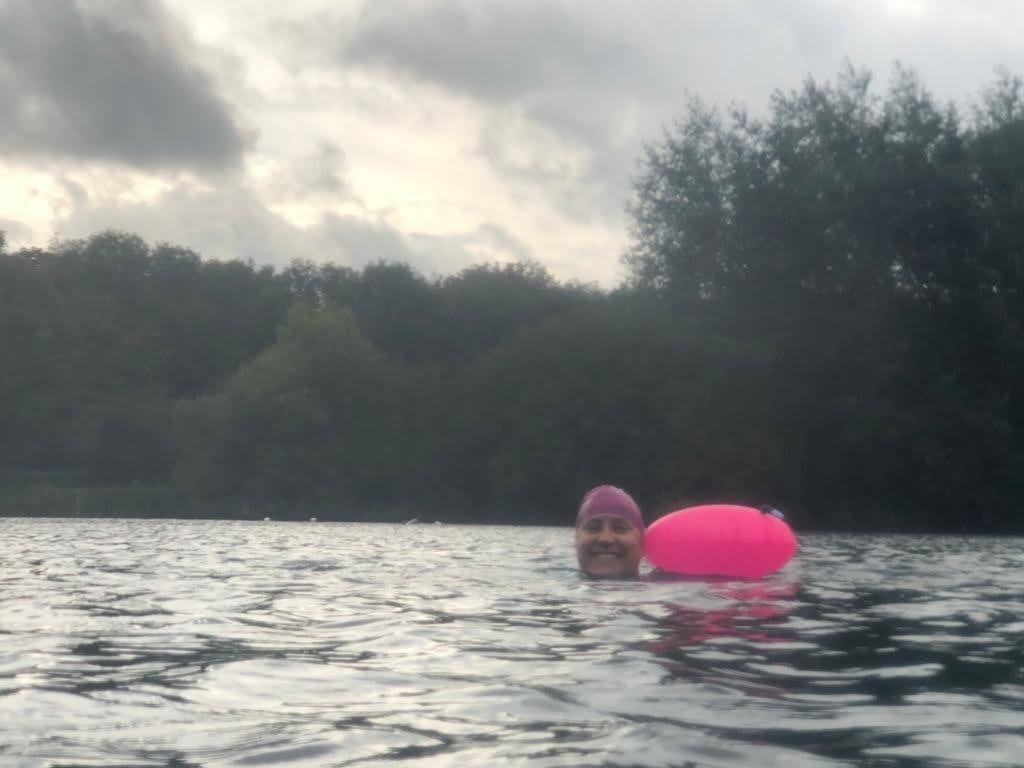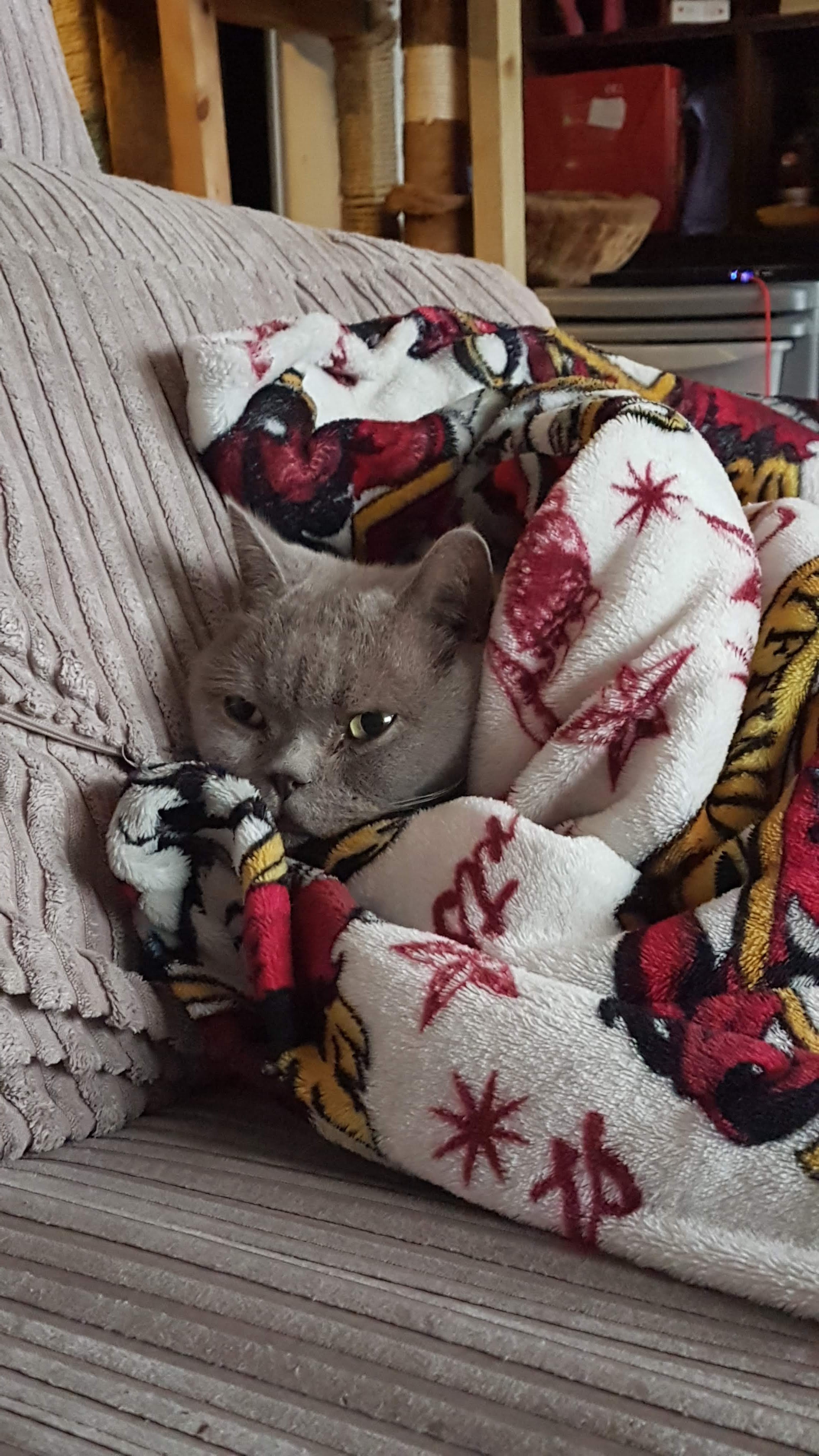I think my brain is already in switched-off December mode while, unfortunately, it still needs to be in switched-on-work-mode for another fortnight or so. Luckily I have an interesting piece of research to be getting on with and this year’s Spotify Wrapped playlist to help me focus. Once again this round-up of the year proves that 80% of the time I have excellent taste. The other 20% of the time caused near hysteria in my friend’s teenage daughter.
The research is into illustration as a teaching and learning tool across the curriculum, with our national schools plans in mind: obviously we know illustration is all about communicating information, but I think teachers may require a little more convincing if I’m going to get the whole nation on side. ‘Because I said so’ almost never works after all.
Something else I’ve had to do this week is put all the things in my head that have to happen before we open in 2026 down on paper so other people also know them: this meant a couple of hours with a bit of A3 paper, felt-tip pens, a ruler and a nice handwriting pen creating a fabulous colour coded chart on which to download my brain. There’s a lot, but at some point I am hopeful that there will be more than 1.4 people to do some of the things as right now (like everyone else I work with) we are all trying to be several people at once. I wrote these imaginary people on my chart, anyway. Thing 2 used to do something similar: She’d scrawl something on the calendar and say it was a ‘bardi’ (party). If it was on the calendar it had to happen, in her mind – let’s see if it works for me!
On Thursday the team went out for Christmas lunch – this year we went non-traditional and headed to Islington Square for an Indian vegetarian banquet at Omnom, where you can also do yoga and stuff. We did not do yoga but we did eat until we were ready to explode, so not doing yoga was probably wise. The food was amazing, from the aloo bonda to start to the kulfi ice cream in basmati rice pudding to finish.. I had a Laal Laal Mojito with rum, lime, strawberry pomegranate syrup and soda, accessorised with an enormous sprig of mint. Their mocktails were apparently good too – one of my colleagues doesn’t drink and is often frustrated by the boring menu options. The director brought crackers and chocolate coins, bad jokes were told, and hats were worn – not by me though, as it was a damp day and the paper crown was not designed to go over my enthusiastic curls!
The office Christmas lunch was also the Secret Santa moment – we have a theme which this year was ‘baubles’, a maximum spend of £5 or handmade, and it’s lovely as everyone takes part although it’s not compulsory. My outward gift was a crocheted robin in a bobble hat, and I received a gorgeous glass Moomin bauble – they know me way too well! One of the team only joined after the Secret Santa was organised, so she had a crochet gnome as no one should be without a present on these occasions! Other gifts included knitted tortelloni for our Italian colleague, as this is a traditional Italian festive food; an intricate folded paper bauble; and much sparkle. I’ve been very lucky over my years in the sector to work with lovely people, and this bunch are among the best!
Earlier in the week I visited Kingston School of Art, where I got to meet the MA Heritage students last seen at the start of their course when they visited New River Head on their first day. They’d spent the intervening weeks using material from Recycle Archaeology to create museum-quality storage and interpretation. They’d also worked with illustration students to design activities for adults. They’d presented these pieces – ranging from potsherds to toothbrushes – at the Illustration and Heritage Conference which I hadn’t been able to attend as I was in Manchester. One student had created a cabinet of curiosities; another an adaptable display case inspired by V&A Storehouse which showcased clay pipes very cleverly. The activities were well-thought-out, and we all contributed to a comic strip showing the journey of porcelain from China to London through the dragon gate, and drawing the people who used the 17th century china objects. The objects were mudlarking finds, mainly, from the foreshore at Fulham and the bridge in Kingston. I didn’t know that objects from construction sites excavated with no context were recommended to be reburied or sent to landfill. I am hoping that we may be able to give a home to some objects that date from the same period as the New River was being constructed, for handling as well as inspiration, and am looking forward to working with this course again.
The advent (see what I did there?) of Storm Darragh on Saturday mean that Epping Christmas Market was cancelled at the last minute. This was probably a good idea as the market moved to gazebos a couple of years ago rather than the solid old-style market stalls and they’d have been making a break for freedom in the gusts outside. I have another fair today in north-west London which I am looking forward to, so hopefully public transport will behave….
Things making me happy this week
- Crochet pengwings. Pegwins. Pingwins. Whatever.
- Discovering that our site fox was still about and making his mark.
- Coffee with Amanda and putting the world to rights before a day at work.
- A meeting with someone which ended up in a local cafe where a very friendly cat made herself at home on my lap and Emily’s. Good coffee too.
- The blast of rum fumes as I open the cake box to feed the Christmas cake.
- No market so Thing 2 and I put the Christmas tree up and made the fireplace look pretty.
The thing not making me happy this week is Duolingo’s sudden hard push to make its free experience significantly worse. I’ve been using the app for five years now and it’s been fairly constant apart from removing the support and updates for the Welsh course and making weird learning path decisions but in the last two weeks they have removed the ability to practice to earn ‘hearts’ (lives), made it so you’re demoted a level if you don’t finish in the top five of your ‘league’, stopped the double-XP ‘chests’ you could access if you did lessons in the morning or evening and generally made it a bit rubbish if you don’t want to pay for premium. I’d consider premium if they were still developing the Welsh content – which has always been significantly underinvested, without the stories etc that other courses have – but now I’m looking for an alternative.
Right – I must get ready and start the trek to the wilds of Willesden. Smoke me a kipper, I’ll be back for breakfast dinner.
Same time next week!
Kirsty x
What I’ve been reading:
Now or Never – Janet Evanovich (Audible)
The Strange Disappearance of a Bollywood Star – Vaseem Khan
Bad Monkey – Carl Hiaasen
A Christmas Carol – Charles Dickens (Audible)
Hogfather – Terry Pratchett (Audible)
The Guest Cat – Takashi Hiraide
At The End of The Matinee – Keiichiro Hirano

